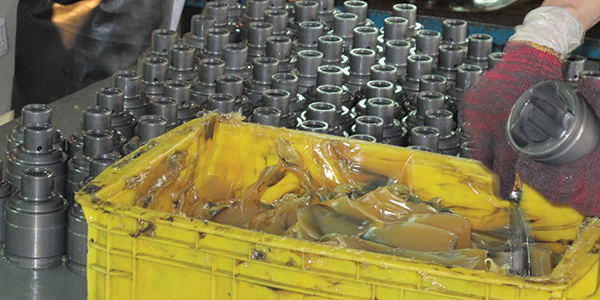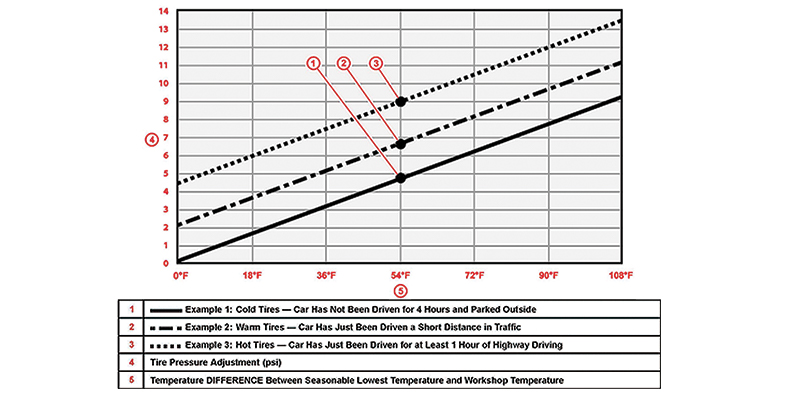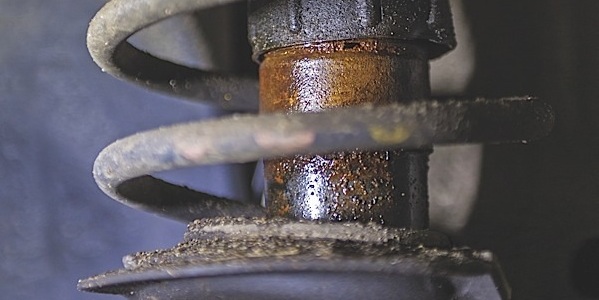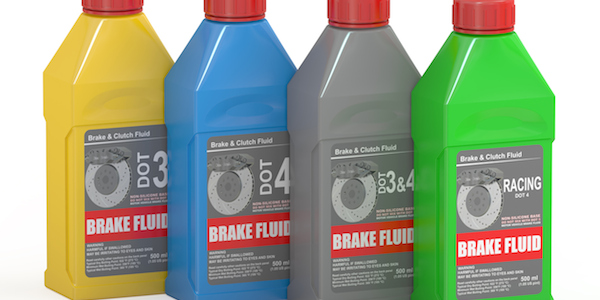Nissan Clunking Or Thumping Noise At Start Up
The above condition is normal and does not need repair. Each time the ignition is turned on and the vehicle is driven at about 16 mph, the ABS/VDC system performs a “Self-Check” to confirm components of the ABS/VDC system are operating correctly.

A Visual Look At CV Axle Joints
CV joint housings are typically forged from iron billets. After the joint is machined, induction heat treating is used to harden wear surfaces.

Silencing Brake Noise After Service
There are no shortcuts to performing a noise-free brake job. It is a difficult job that requires combining the correct parts, knowledge and preparation to make sure that the brakes do not make a noise for more than 20,000 miles or more.

TPMS: Taking Temperature and Tire Pressure Into Account
Winter is in full swing, which means shops in cold weather cities might see an influx of illuminated TPMS lights. However, many of those lights might be false alarms. The reason? Look no further than the thermometer.

Retro: U.S. Steel Cone Brake Technology
BRAKE & FRONT END, May 1979: It is easy to forget that the most expensive gas prices in U.S. history (when you factor in inflation) were between 1978-1982. During this time, cars got smaller and more fuel efficient. It was one of those rare times in automotive history that automakers were able to sell on

Shocks, Struts And Tires: What Is The Wear Connection?
The role of ride control and tires becomes even more critical on vehicles equipped with ABS, traction control and stability control systems. As in an emergency lane-change situation, the driver can now steer under panic braking. This means that weight transfer and vehicle pitch can be even more extreme.

Brake Fluid DOT 3, 4, 5 And 5.1 FAQ
All DOT 3, 4 and 5.1 brake fluids are compatible with each other and with all systems. All polyethylene glycol-based fluids will not harm healthy rubber parts. Also, the additive packages will not damage or distort any rubber parts. Even an older rubber part with a high concentration of natural rubber will not be damaged by new DOT rated brake fluids.

